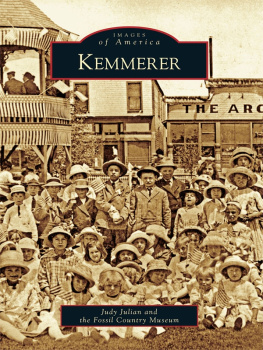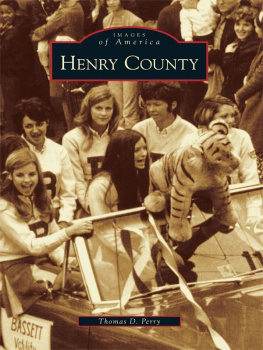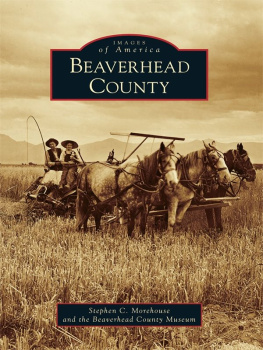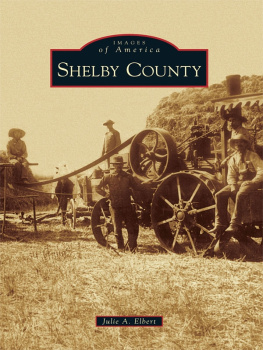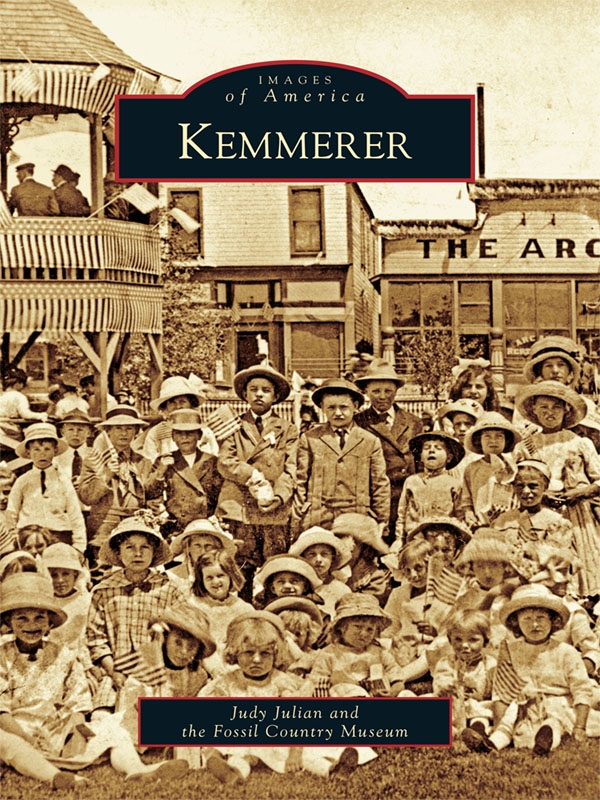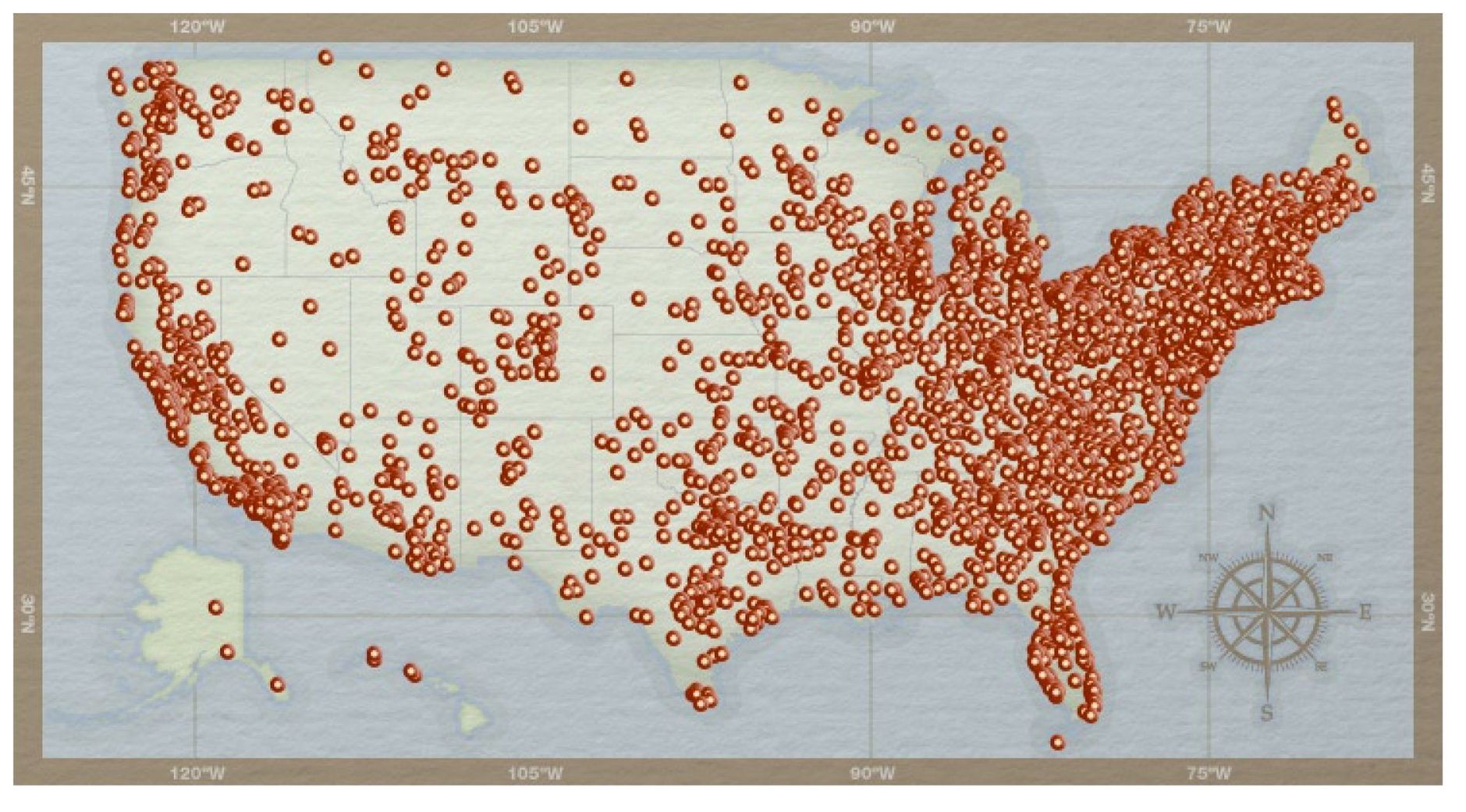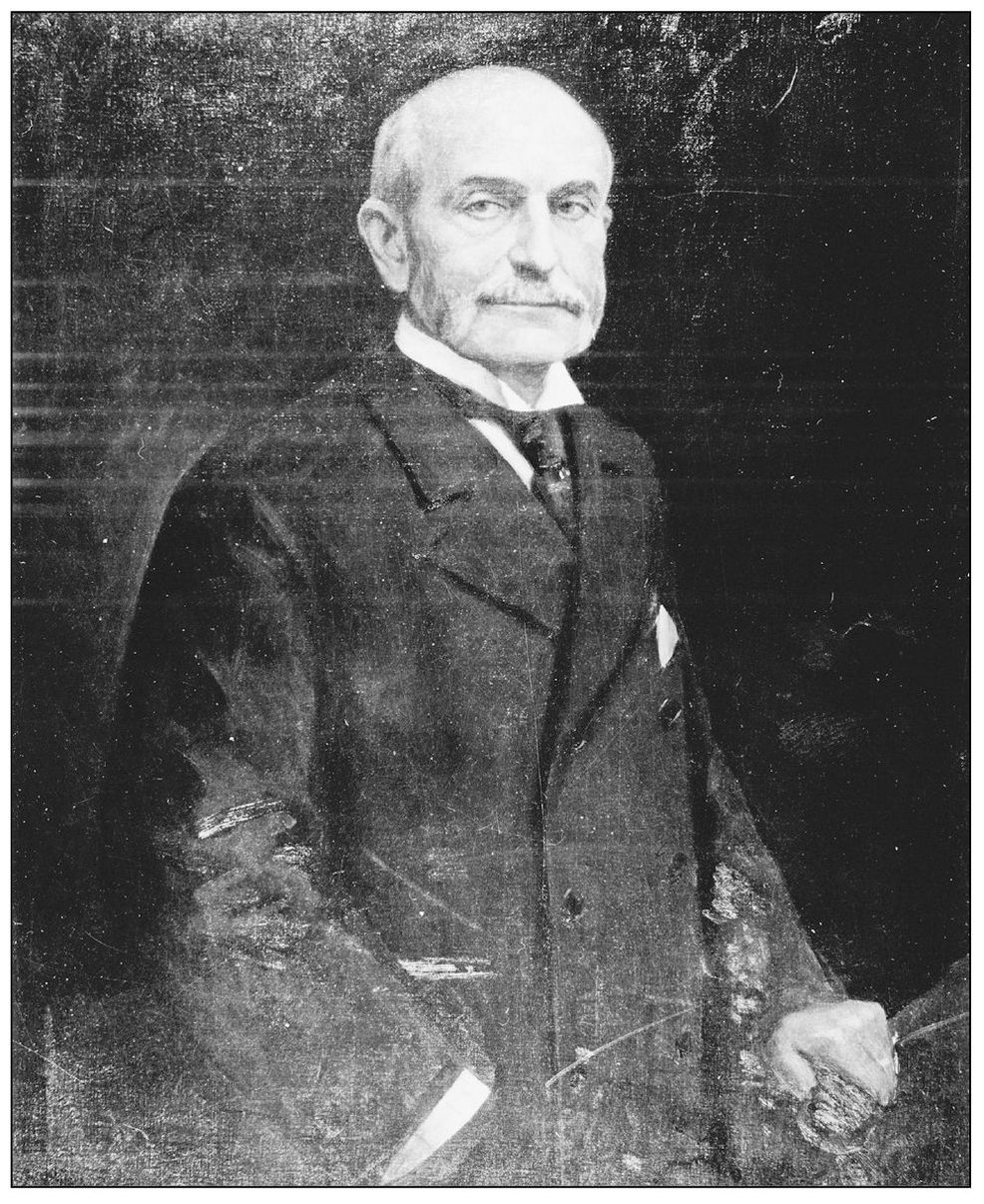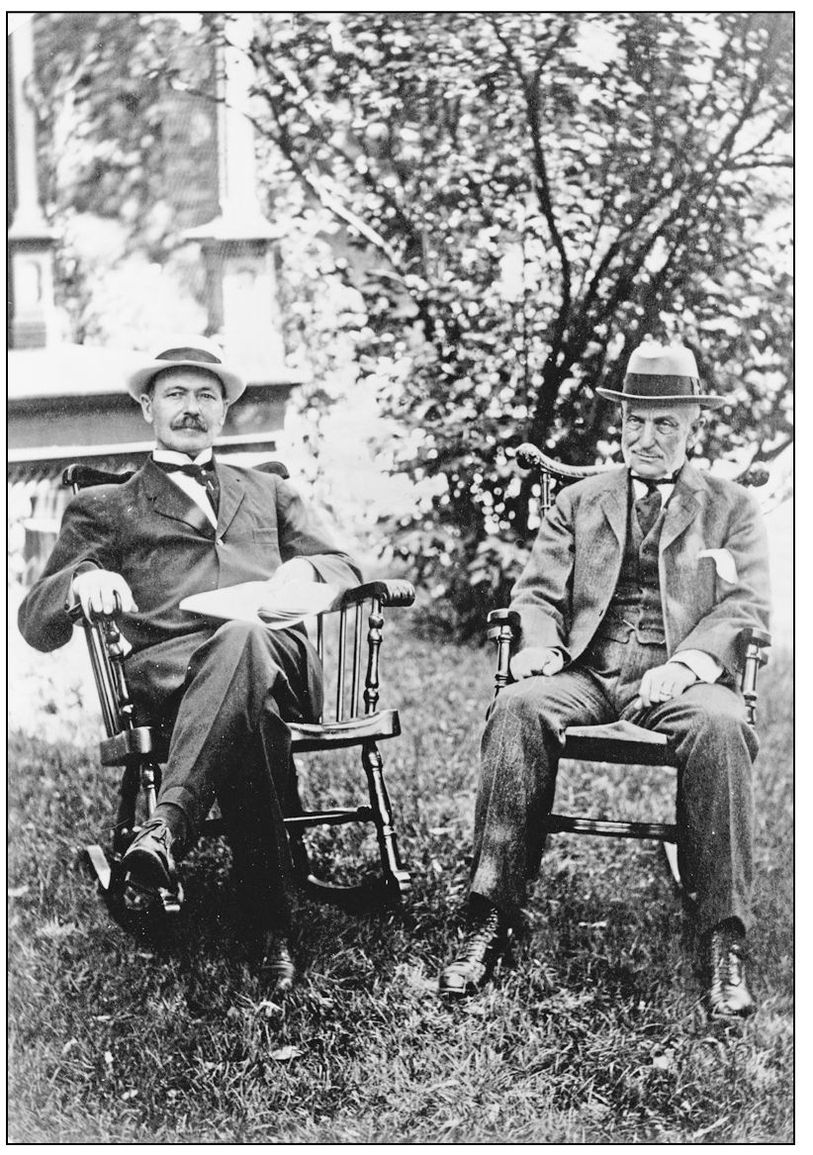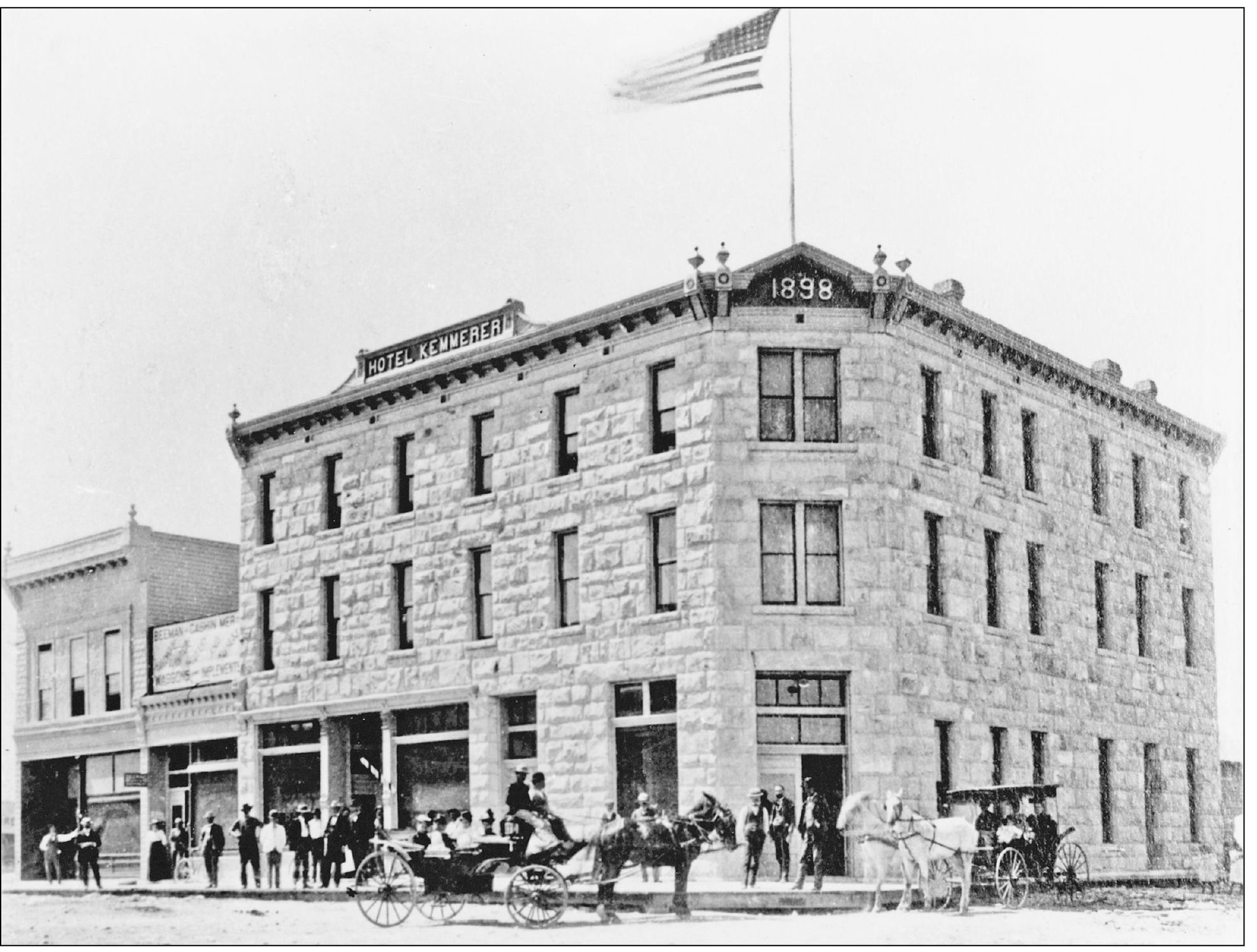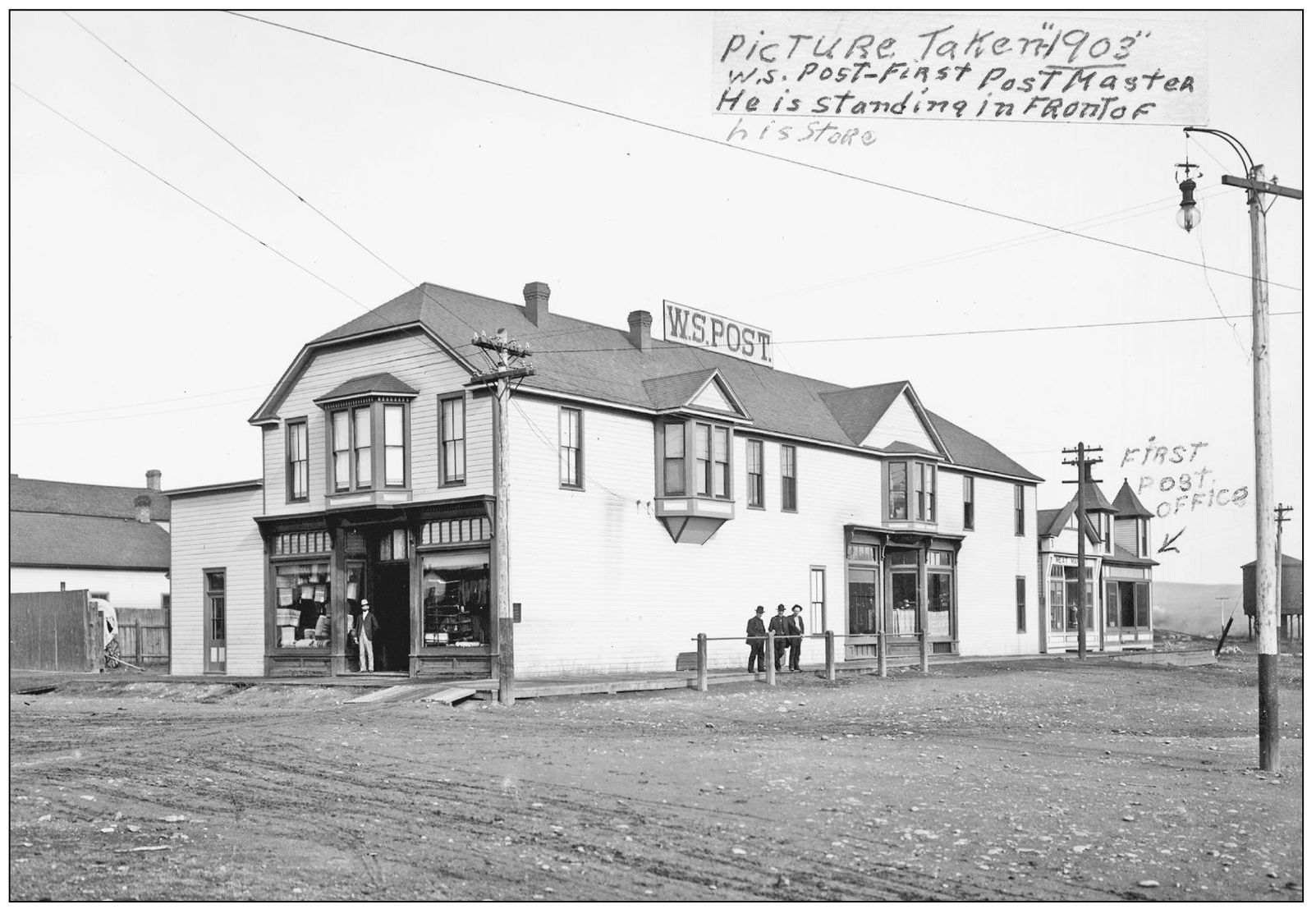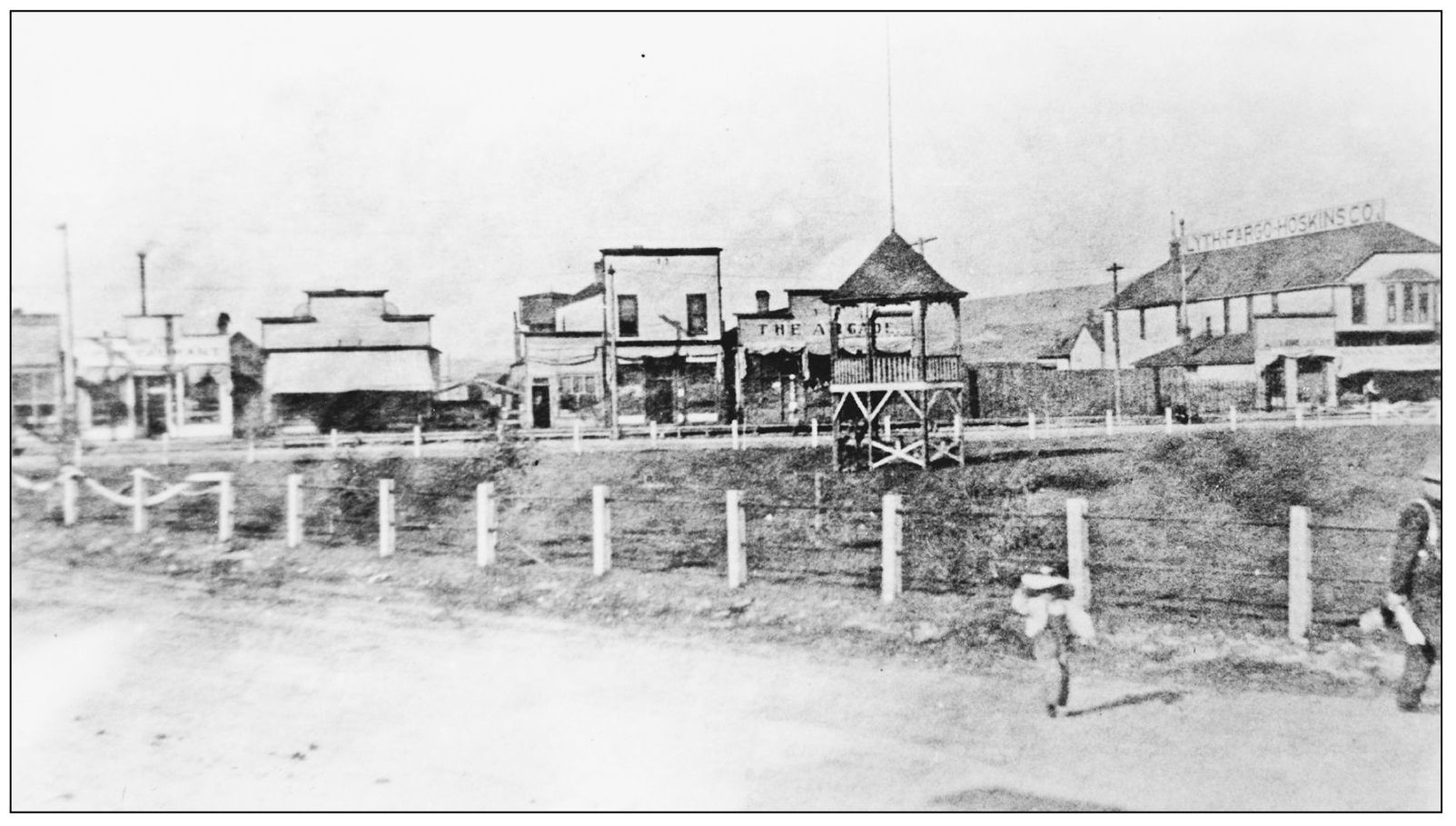I am fortunate to have the support and encouragement of my family in writing this book. My husband, Mike, and my parents, Jim and Linda Roberts, were able to help fill in some of the missing pieces of the puzzle from family or firsthand knowledge. The Fossil Country Museum archives were the largest source of information. Nancy Peternal, founder of the Fossil Country Museum, had the foresight to find a building to house all this information and these photographs. I would like to thank my mother and my daughter, Kassie, for helping me dig through all the information and Kay Hinton for proofreading and correcting my mistakes. I would also like to thank the Fossil Country Museum for providing me with the privilege of writing this book. All the photographs shown in this book belong to the Fossil Country Museum.
BIBLIOGRAPHY
Antilla, Alice. First One Hundred Years Coal MiningHams Fork, Kemmerer , Lincoln County . 2004.
Barrett, Dr. Glen. Kemmerer, Wyoming: The Founding of an Independent Coal Town 18971902 . Kemmerer, WY: Quealy Services, Inc., 1975.
Essman, Ray. Only Count the Sunny Hours: Madame Isabelles Diary . Winona, MN: Apollo Books, 1981.
Fagnant, Marcia. Fossil Wyoming: A Trip through Time and Memories .
Moonshine Madness . Kemmerer, WY: Fossil Country Museum, 1995.
Wright, Dorothy. Kemmerer Wyoming, Digging for Western History . Powell, WY: Pronghorn Press, 2007.
Find more books like this at
www.imagesofamerica.com
Search for your hometown history, your old
stomping grounds, and even your favorite sports team.
One
BEGINNINGS
This photograph shows Kemmerer in July 1898 looking east toward Oyster Ridge. The age of the town is approximately seven months. The name of Kemmerer had not yet been given to the new town. It was not officially called Kemmerer until August 1898. The Kemmerer Hotel, left of center, was just nearing completion.
The two founding fathers of Kemmerer were Mahlon S. Kemmerer (left), for whom the town is named, and Patrick J. Quealy (below). These men charted the path and led the way in the development of the coal mining industry in this area. The two men formed the Kemmerer Coal Company and the company town of Frontier just north of Kemmerer. Quealy arrived in the area in March 1881 while he was investigating coal prospects for the Union Pacific Railroad. He realized that the area held large coal deposits, so he started to acquire lands along the railroad right-of-way. In 1895, Quealy traveled to New York City to find investors for his Wyoming coal holdings. At this time, he was introduced to Kemmerer, which resulted in a lasting partnership.
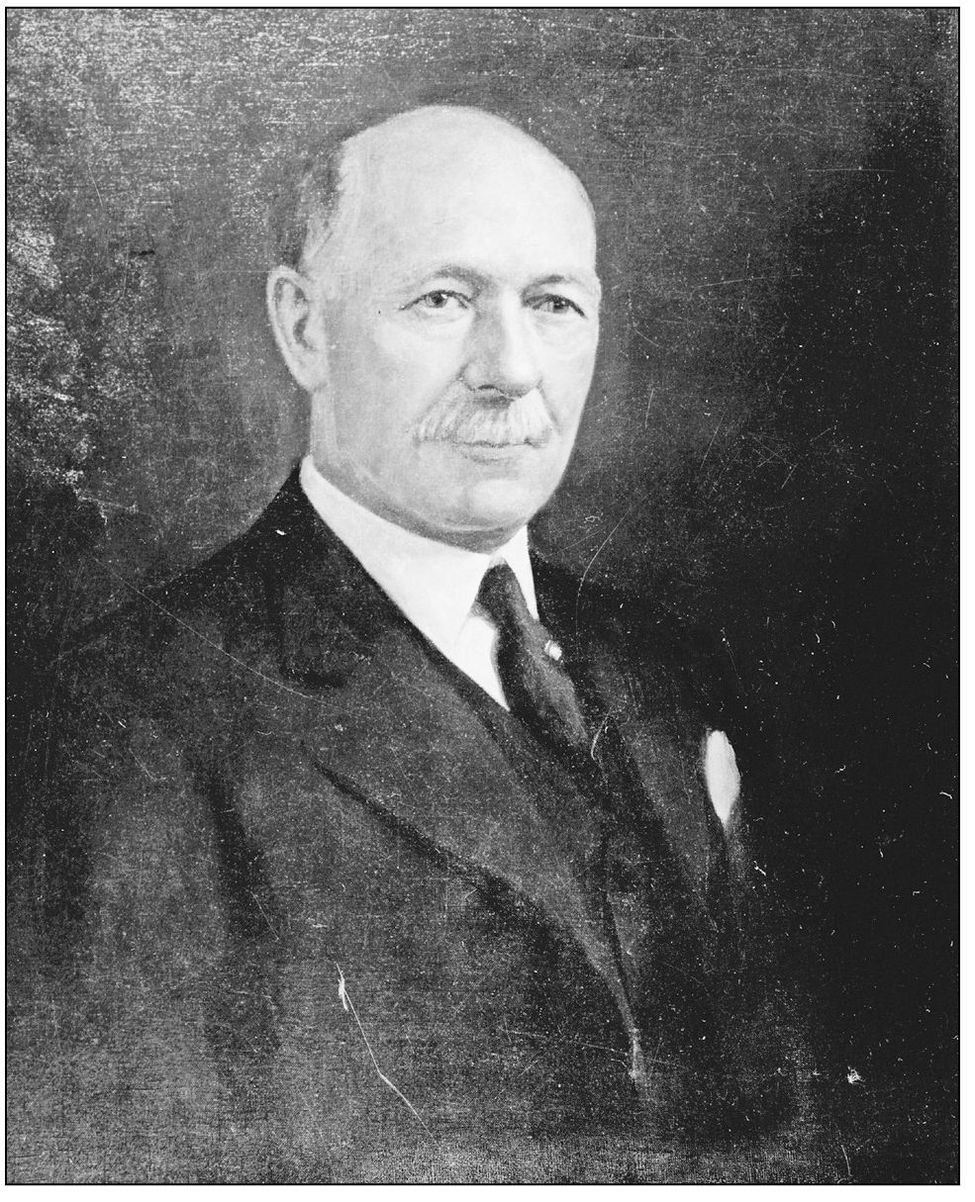
This photograph was taken in Quealys yard shortly before Kemmerers death in 1923. The two men were not only successful businessmen but also good friends. Kemmerer remained the head of the Kemmerer Coal Company empire until his death. Even though the Kemmerer family did not reside in the area as the Quealys had, they were always very proud of the community.
The need for a bank had been contemplated for a few months by Quealy. After rumors about a bank being built in Diamondville by Anaconda Copper Company, the competing coal mine, Kemmerer sent orders to Quealy to begin construction of a bank. The First National Bank opened for business in July 1900. Total deposits in the first year were approximately $145,000.
Construction of the Kemmerer Hotel began in 1897, but there were several delays caused by financial problems and the cold winter weather. The hotel was completed and opened for business in August 1898 under the ownership of Robert White. Native stone used to build the hotel was cut from the nearby stone quarry located in Oakley, just south of Kemmerer. The hotel was the first large hotel to be built in the new community. Shortly after the town of Kemmerer was incorporated and a town council appointed, the first town meeting was held in the hotel on February 28, 1899. The hotel was able to weather economic booms and busts. Livestock and coal production, the foundation of Kemmerers economy, provided enough stability for the hotel to survive. This gave her the nickname the Grand Old Lady.
The beginning of a post office in the area started in the old town of Hams Fork, west of Kemmerer. In 1890, W. S. Post, a telegrapher for the Oregon Short Line, ran the post office for the Hams Fork train depot out of his general store. In 1897, Post moved the store to Kemmerer. The first Kemmerer Post Office was established in the Post building on December 1, 1897, with William S. Post as postmaster. The post office was eventually relocated to a building next to the Kemmerer Hotel. The location served both as post office and stagecoach stop for the stage running between Kemmerer and Big Piney. Kemmerer has had mail delivered to homes since 1937.
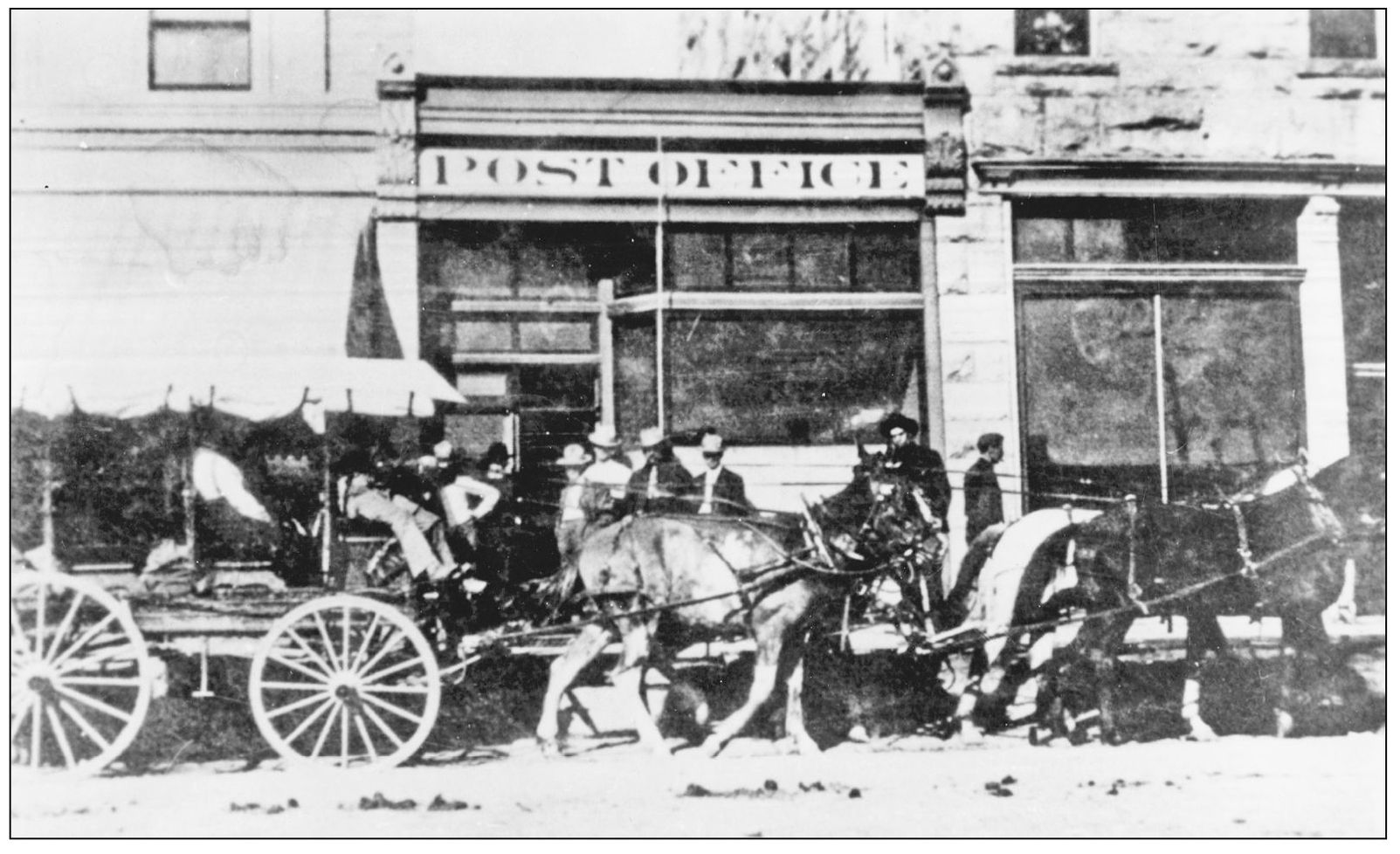
It is easy to see in these two photographs the rapid growth of Kemmerer. From the beginning in 1897 to 1903, the town buildings and population increased dramatically. Because Quealy and Kemmerer wanted to attract the finest to Kemmerer, they understood that the first impression a person got of a place was always a lasting one. Most of the first buildings in town were large, tall buildings. By 1903, the downtown area had a bank, a hotel, an opera house, and several stores, including the J. C. Penney store. It is suggested that Quealy encouraged and sometimes helped financially to get these first buildings erected, knowing they would draw attention and this would lead to the eventual growth of Kemmerer. It was with pride that the city fathers and those first merchants advertised their new town.

